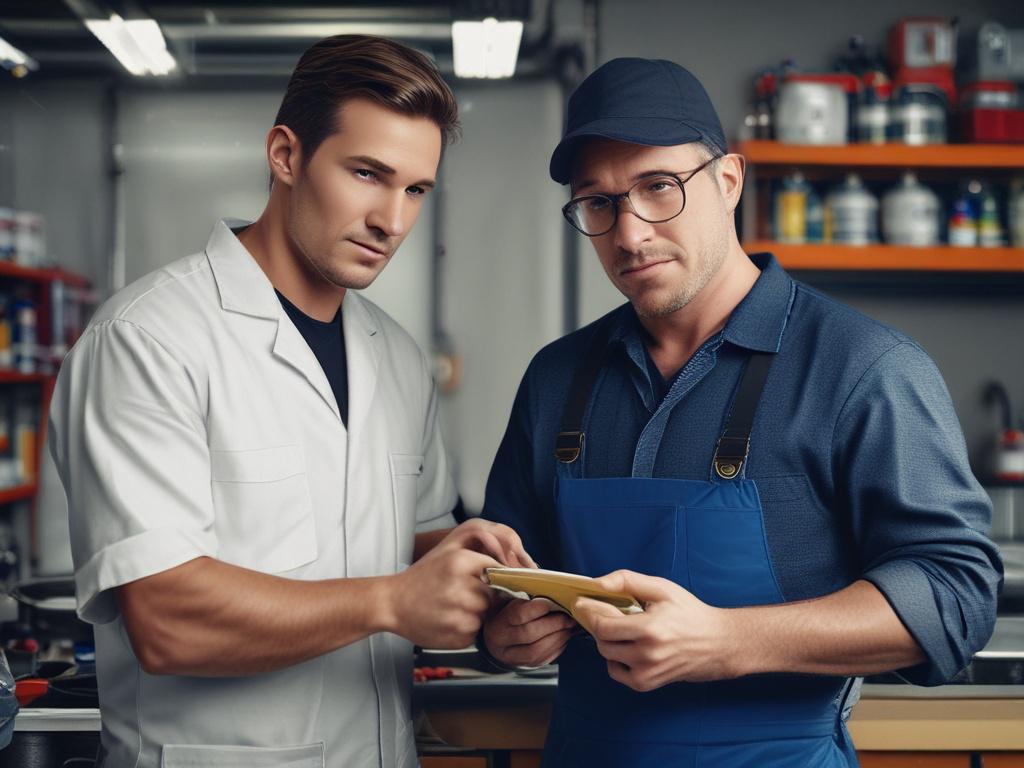
When winter's chill sets in, a reliable heating system becomes essential for comfort and safety in your home. However, when things go awry, homeowners often find themselves in a bind. Understanding what a heating repair technician looks for first can help you quickly find a solution. The most common issues stem from dirty parts, bad wiring, or failing sensors. Identifying these culprits not only accelerates repairs but also enhances the overall efficiency and longevity of your heating system.
In this blog post, we will explore the primary factors that contribute to heating system failures and their impact on performance. By highlighting the impact of contaminated components, exposing the hidden risks of faulty wiring, and examining the vital role sensors play, we aim to equip you with knowledge that can streamline any future repairs.
When a heating system malfunctions, technicians often find that most issues come from dirty parts, bad wiring, or failing sensors. These elements serve as vital components in the overall system's performance. Dirty parts, such as air filters and coils, restrict airflow and hinder efficiency. A clogged filter can cause the unit to work harder, resulting in increased energy consumption and higher utility bills. Similarly, dust and grime accumulated on other components can lead to overheating and premature system failure.
Bad wiring represents another significant challenge in heating systems. Faulty connections or damaged wires can disrupt the system’s electrical flow, causing it to operate intermittently or fail to function correctly. Technicians diligently check wiring integrity when troubleshooting to prevent safety hazards and ensure reliable operation. Finally, failing sensors can disrupt reliability, leading to inaccurate temperature readings and erratic system behavior. Each of these common culprits plays a crucial role in the heating system's function, which is why technicians focus on them first during repairs.
Dirty components in heating systems are often the first major issues that repair technicians investigate. When dust, dirt, and debris accumulate on critical parts like filters, blower motors, or heat exchangers, they hinder airflow and reduce efficiency. A clogged filter, for instance, can significantly restrict airflow, causing the system to work harder to achieve the desired temperature. This additional strain not only leads to higher energy bills but also accelerates wear and tear on the unit, potentially resulting in costly repairs and early system failure.
Further, neglected cleanliness can trigger a domino effect throughout the heating system. A dirty heat exchanger can lead to improper combustion, potentially resulting in hazardous situations, such as carbon monoxide buildup. When technicians encounter dirty parts, they emphasize the importance of regular maintenance to prevent such issues. By addressing dirt and grime proactively, homeowners can ensure their heating systems operate at peak efficiency, enhancing both performance and longevity.
Wiring plays a crucial role in the overall functionality of a heating system. Poorly connected or frayed wires can lead to inconsistent heating or system shutdowns, making it essential for HVAC technicians to thoroughly inspect the wiring. They often start by checking for any signs of corrosion, loose connections, or damage that could disrupt the flow of electricity. If the wiring is compromised, it can not only cause your heating system to underperform but may also pose safety risks, such as electrical fires. Technicians address these issues promptly to ensure safe and efficient operation.
Sensors, on the other hand, are vital components that monitor the performance of the heating system. These devices detect temperature changes and send signals to the thermostat, ensuring that the system operates within the desired range. Failing sensors can misread temperatures, leading to overheating or inefficient heating cycles. Technicians often use specialized tools to test sensor functionality, diagnosing problems before they result in significant failures.
Ready to upgrade your heating and cooling systems? Contact our team of experts today to discover more about our offerings and schedule a service.